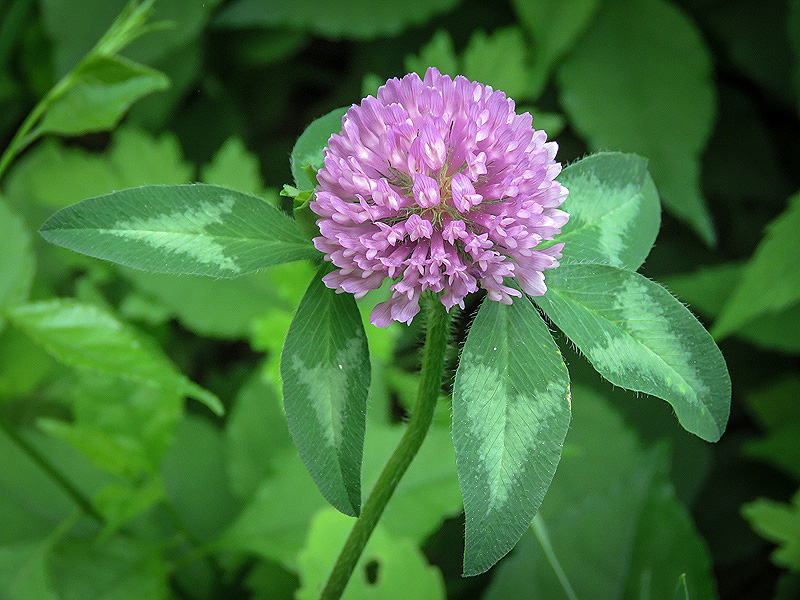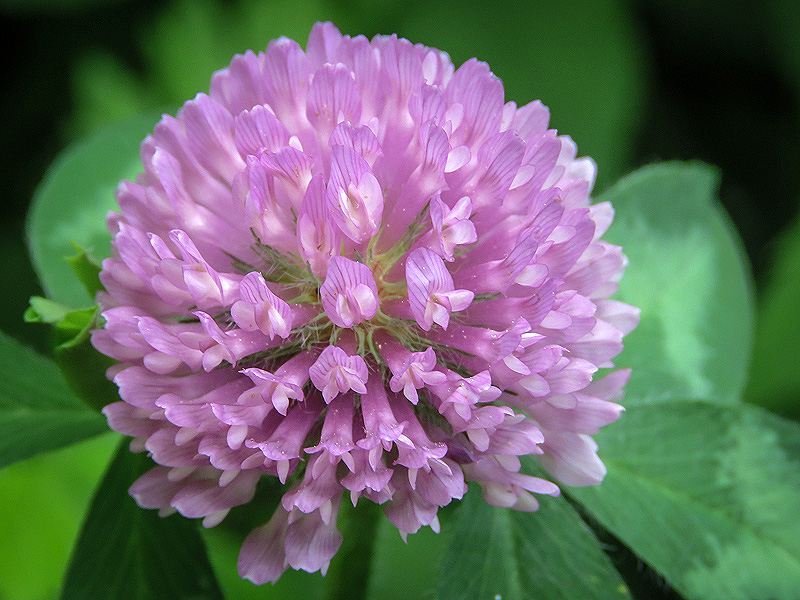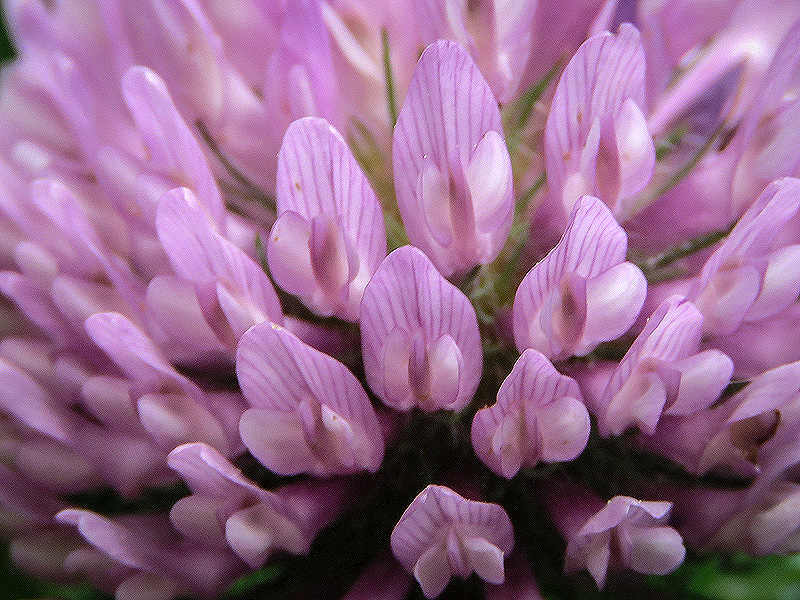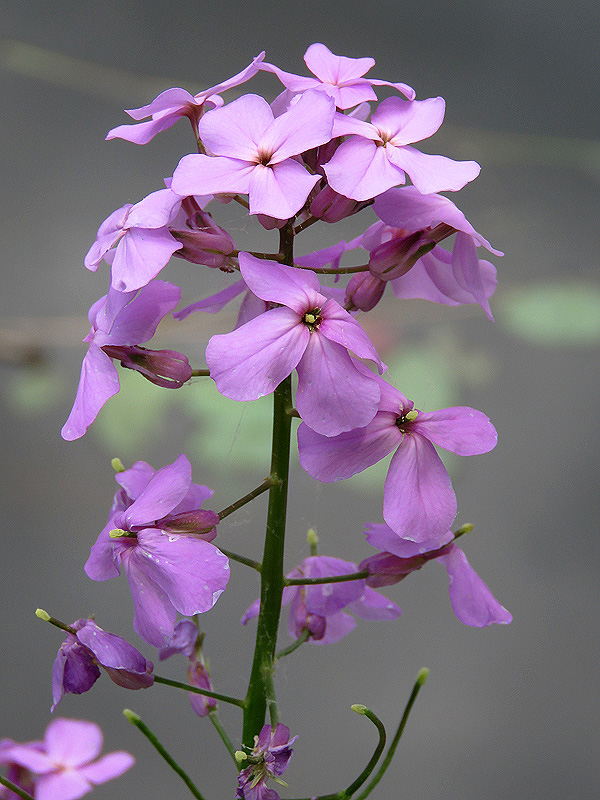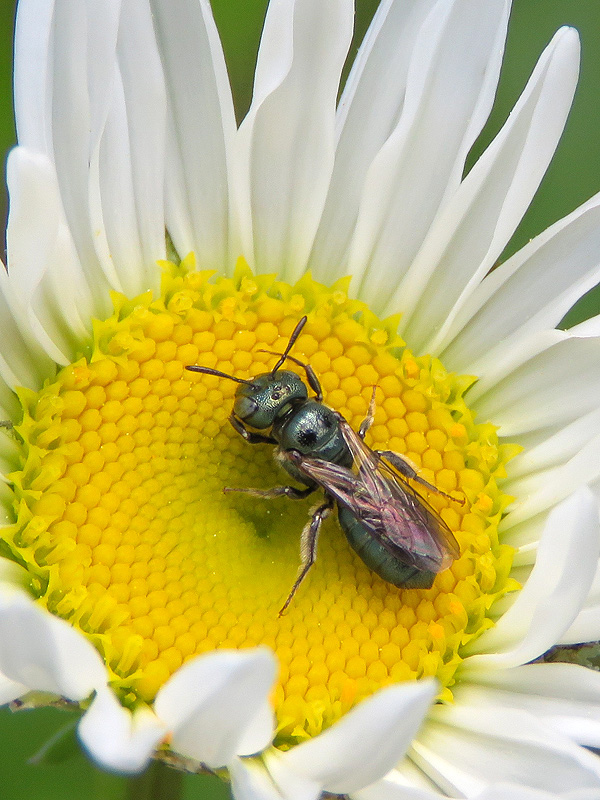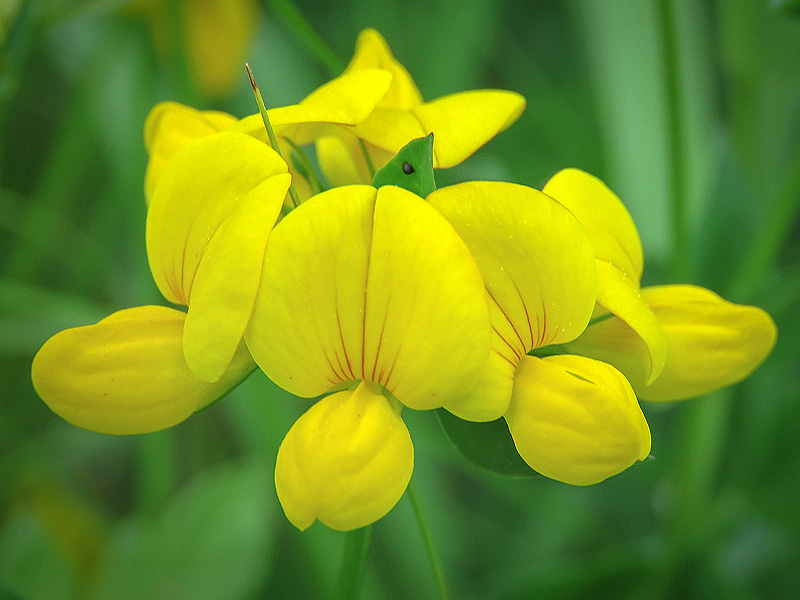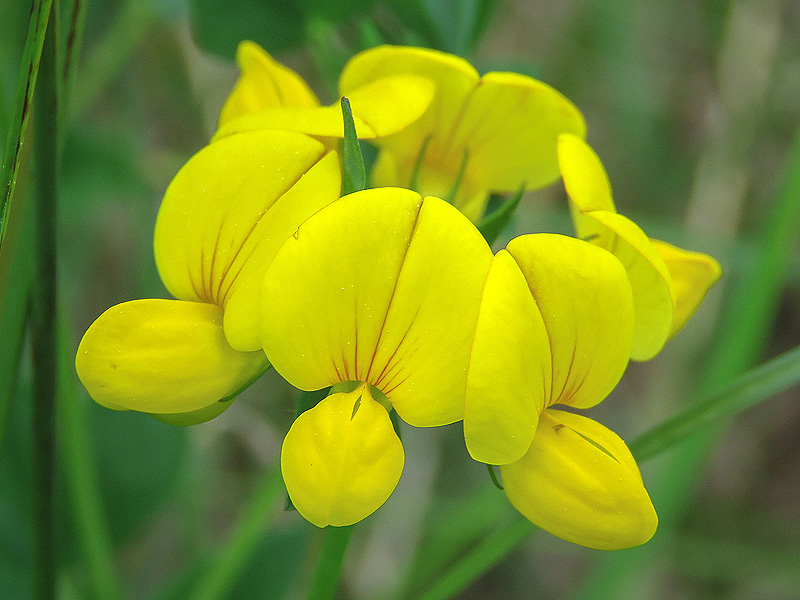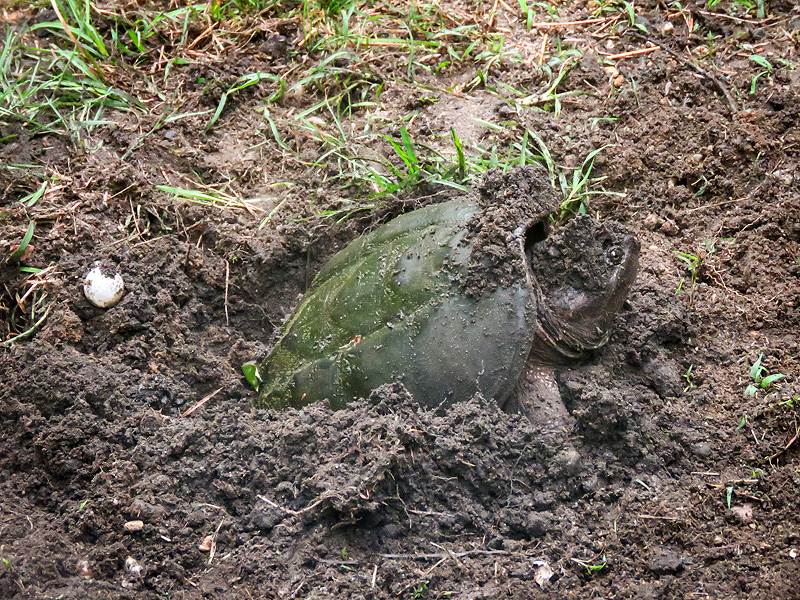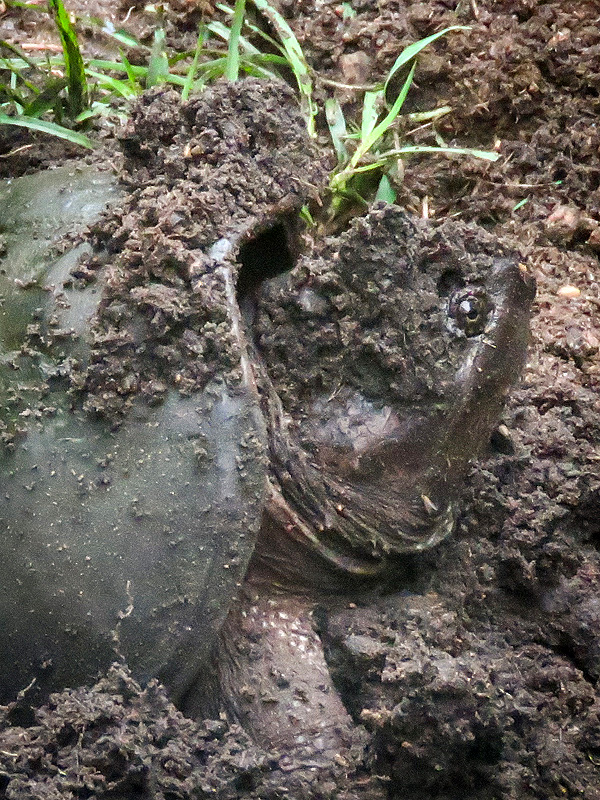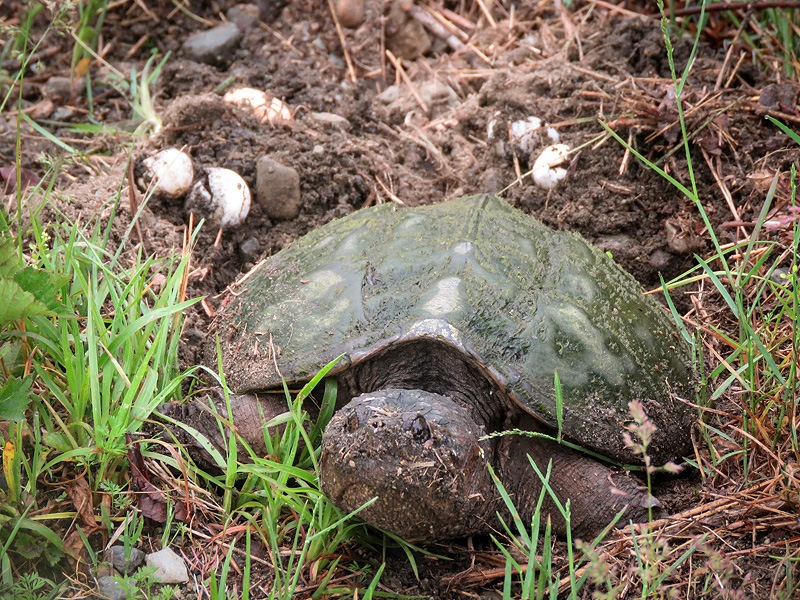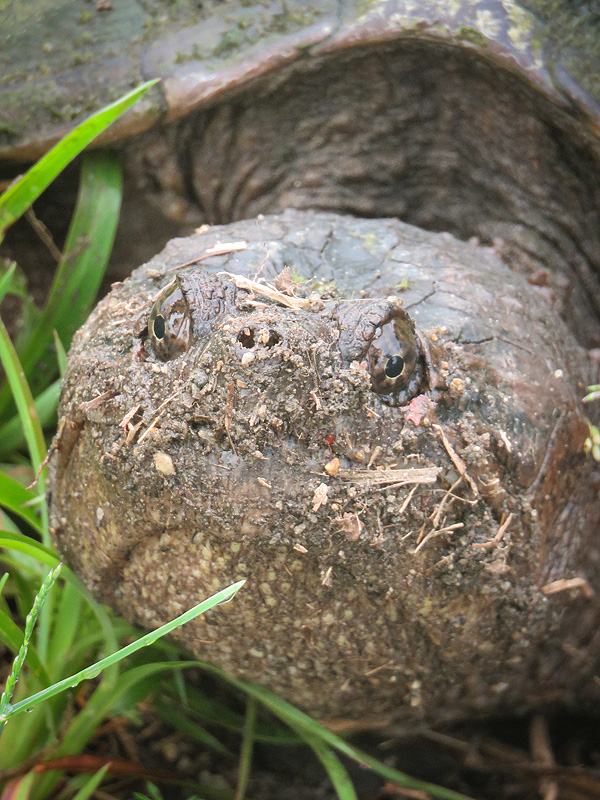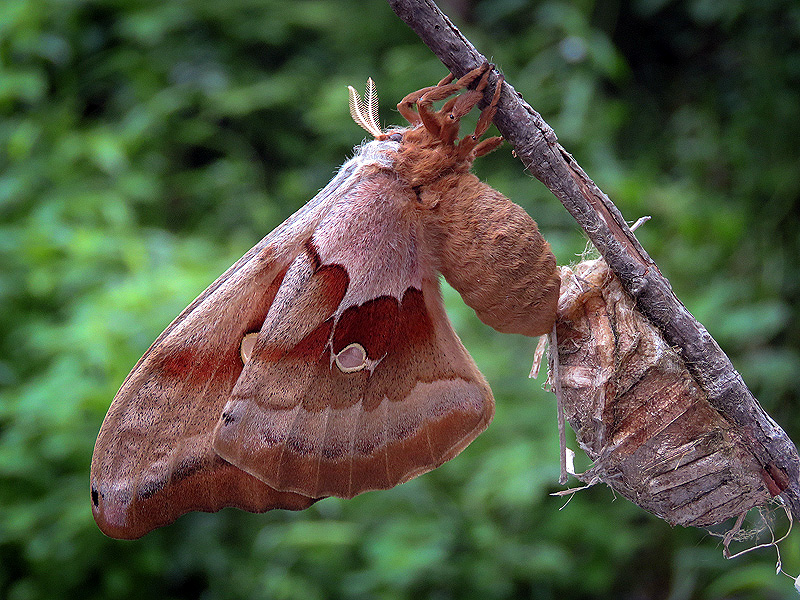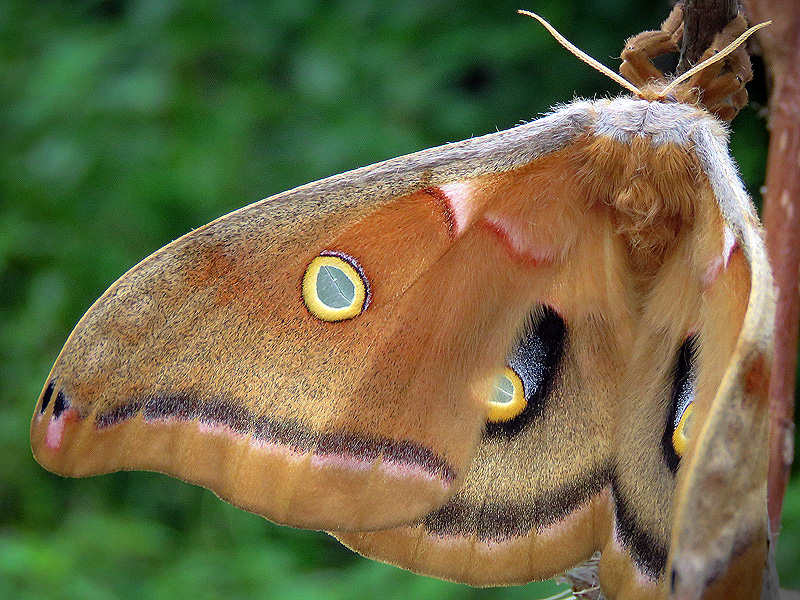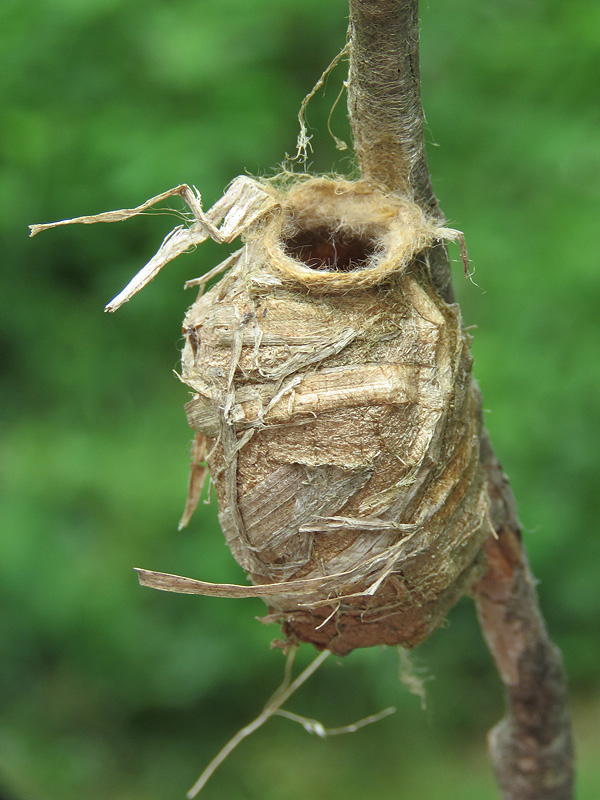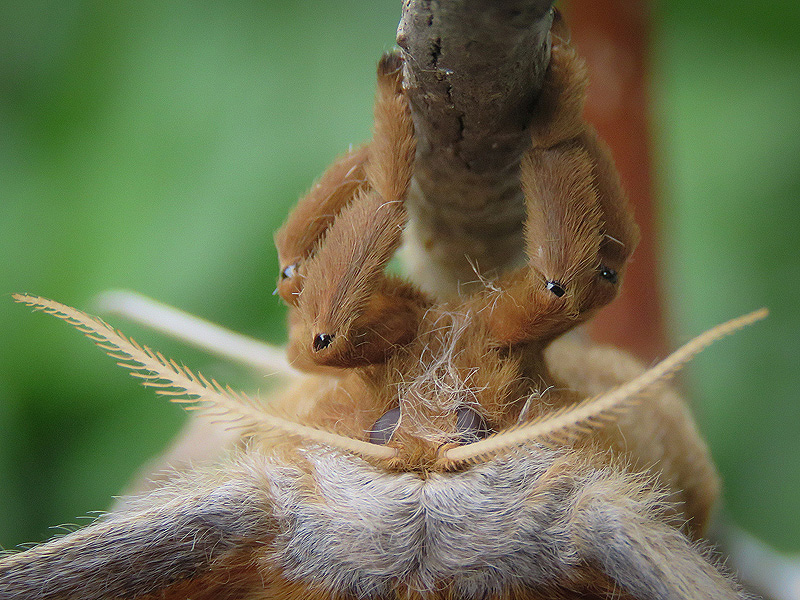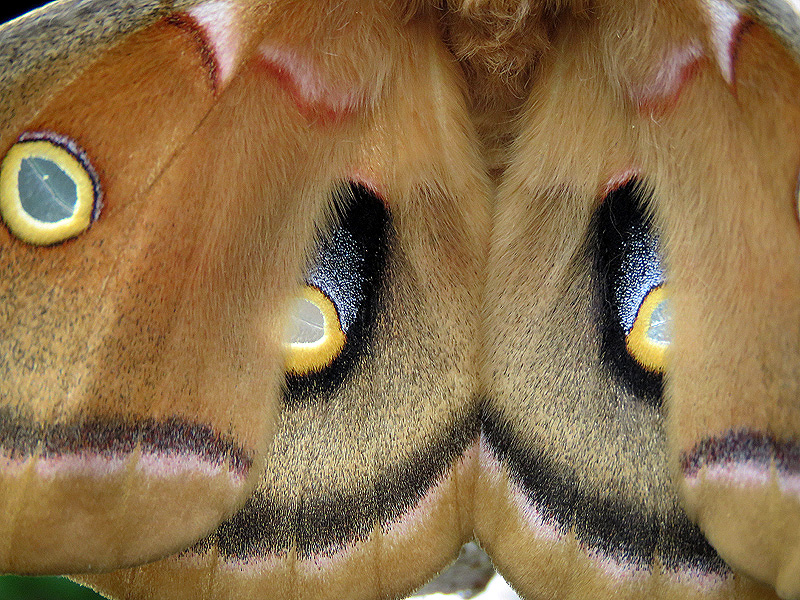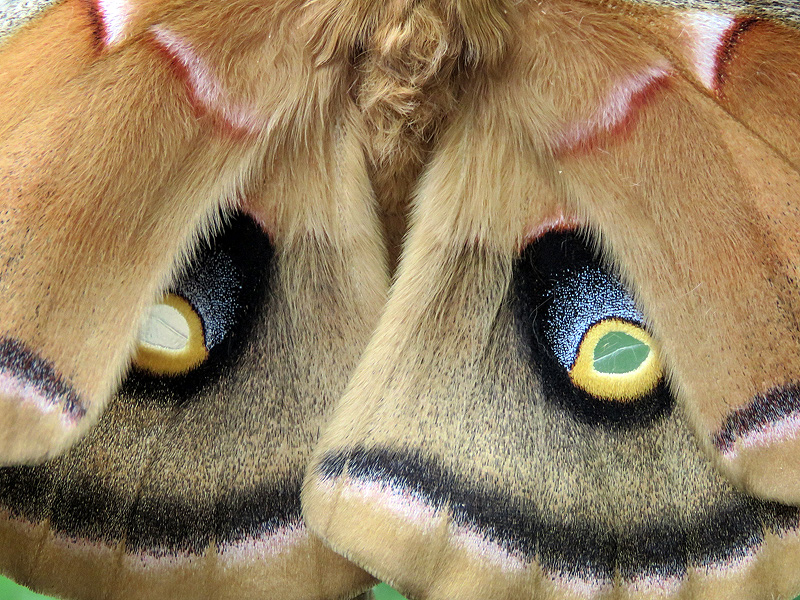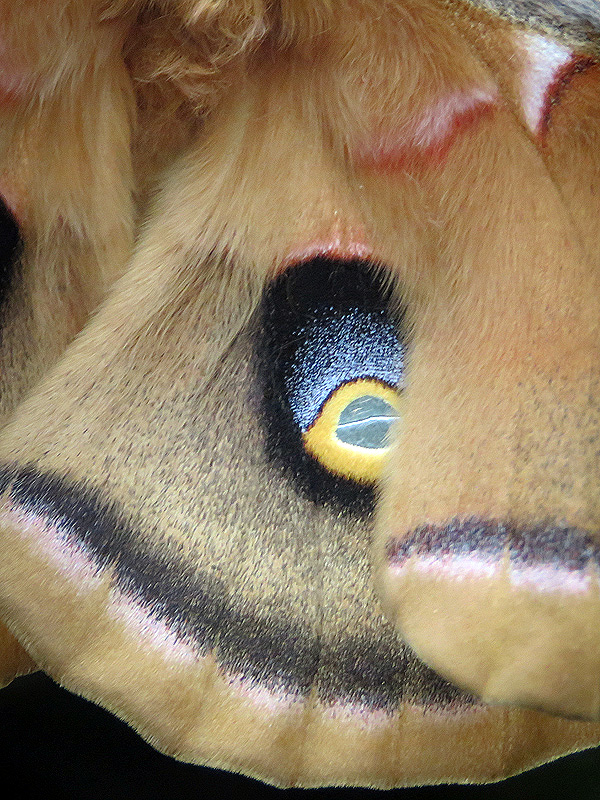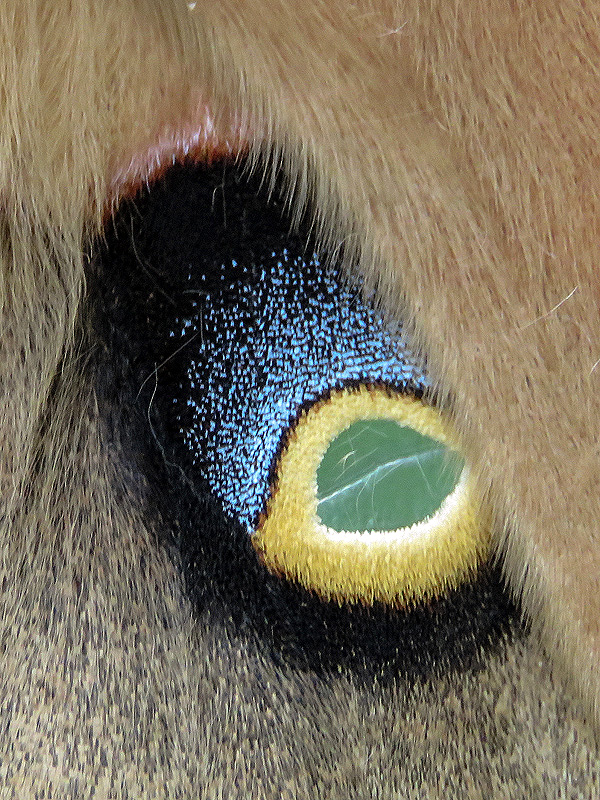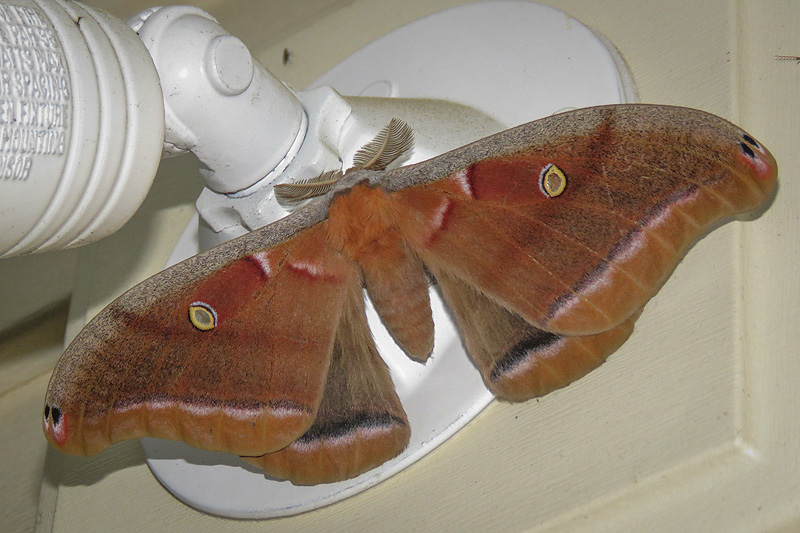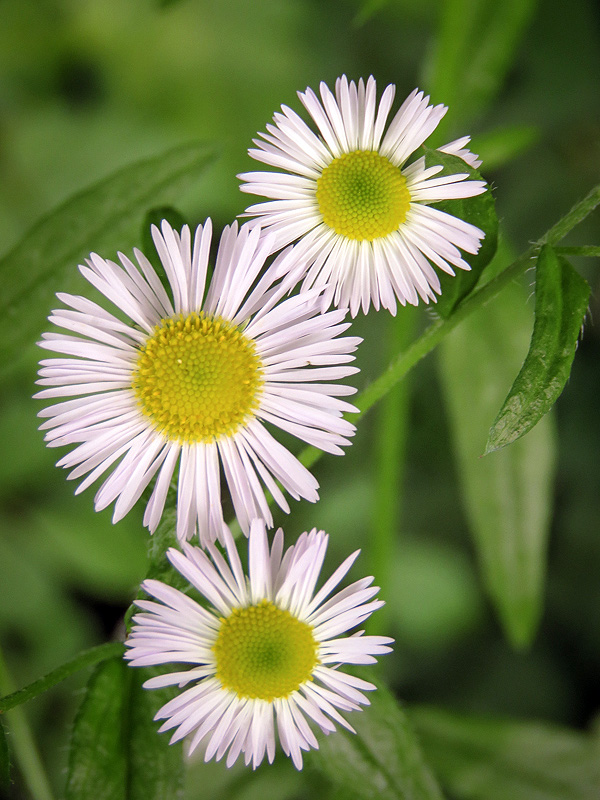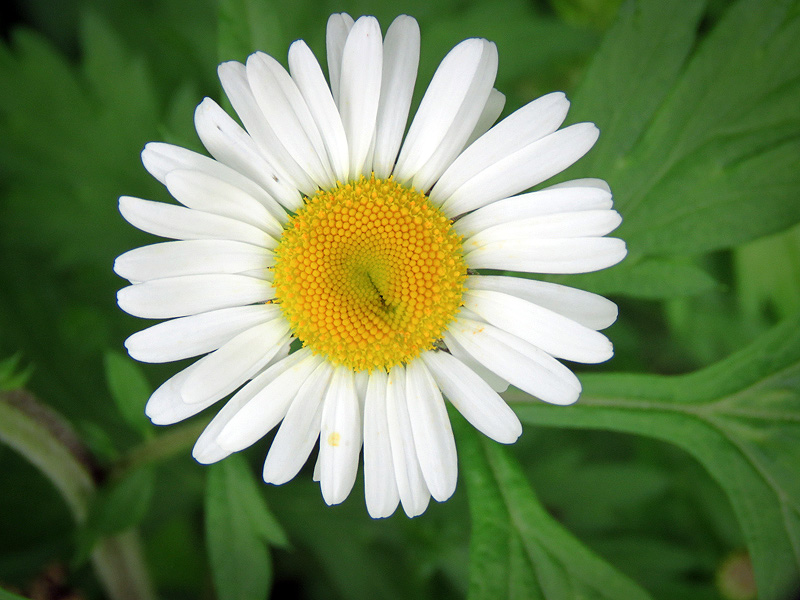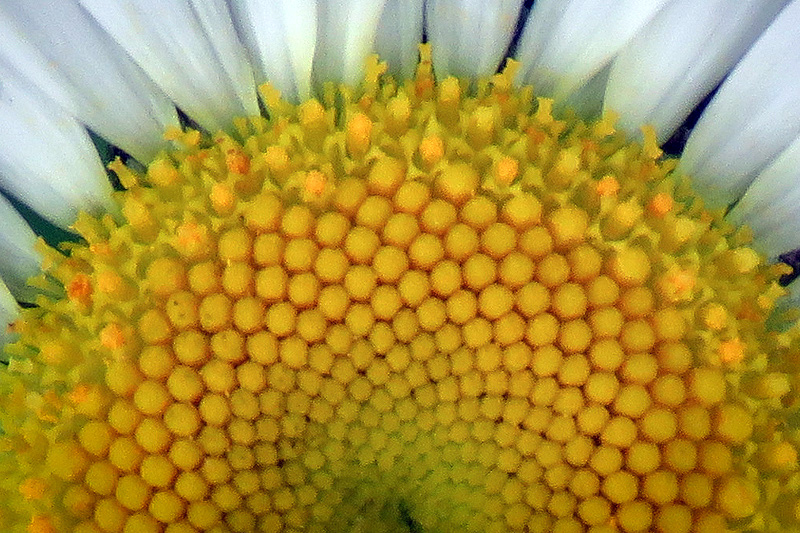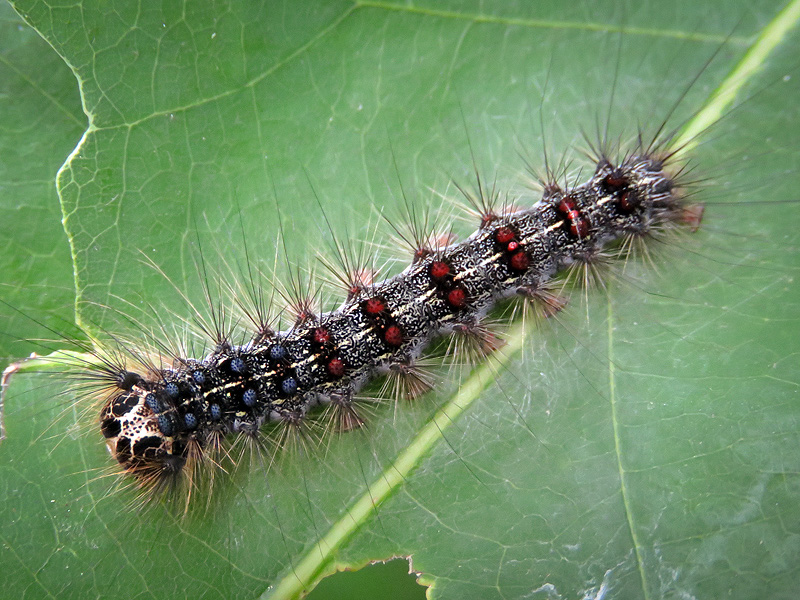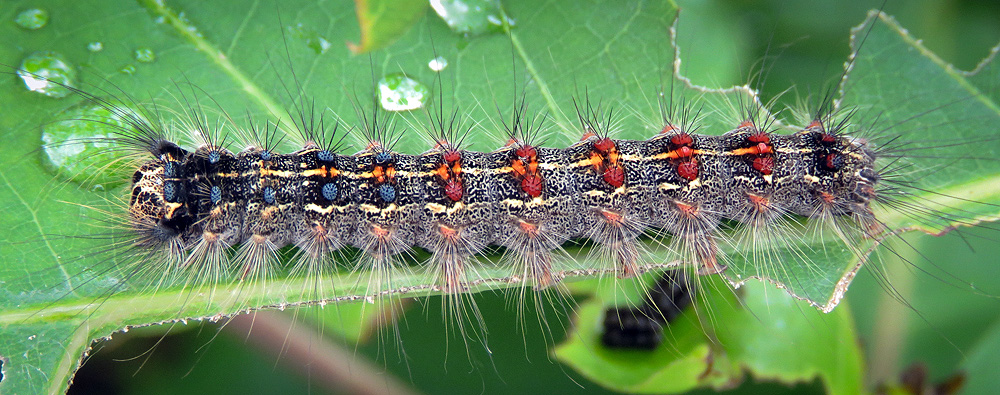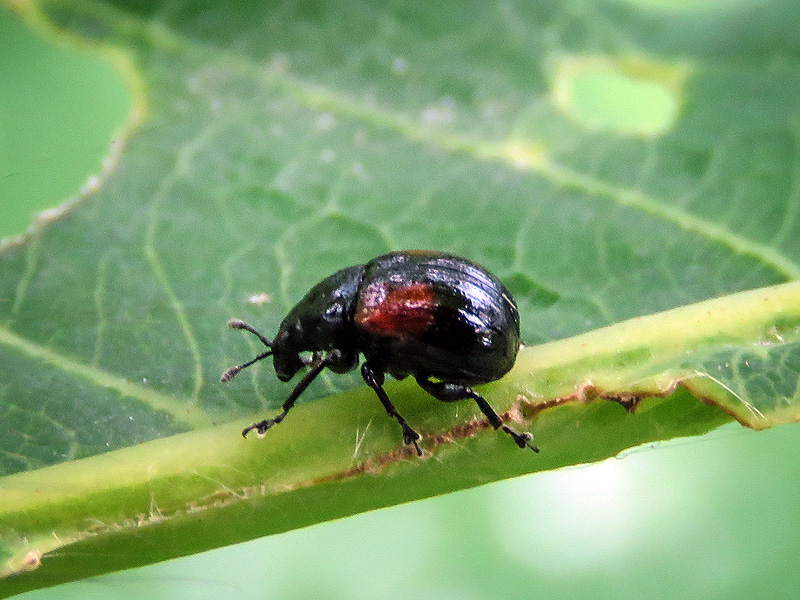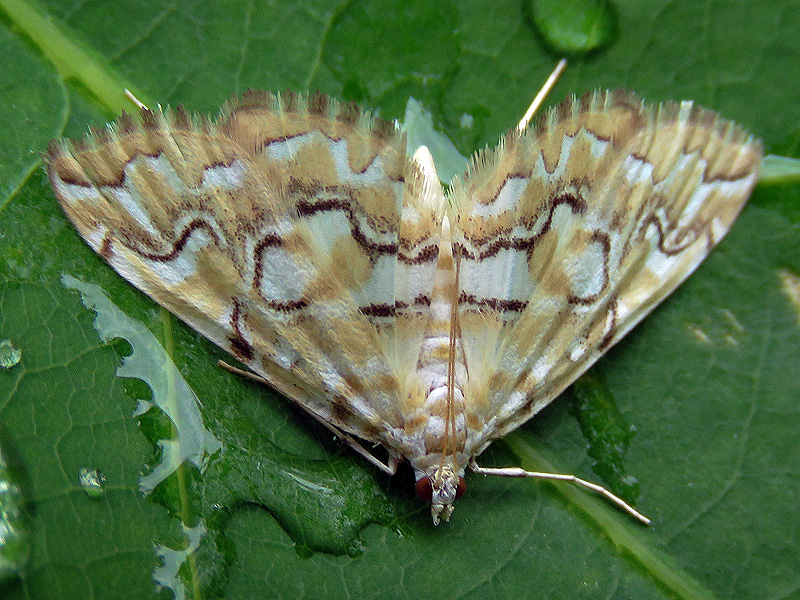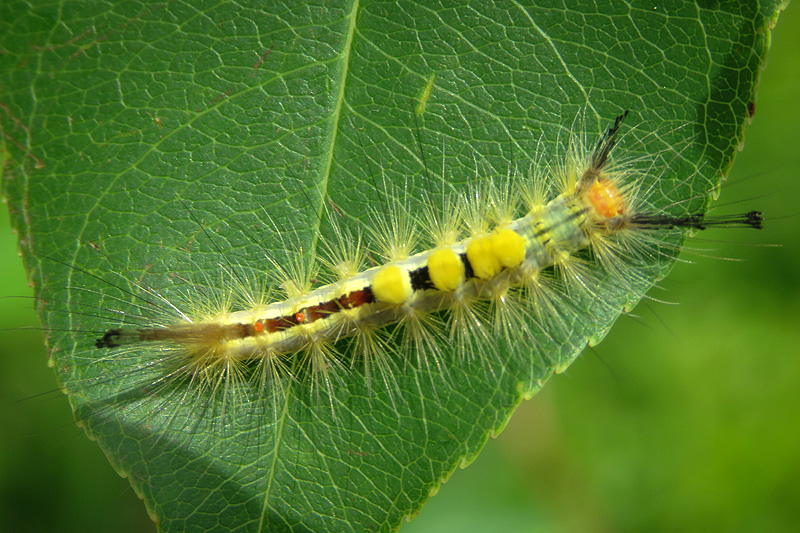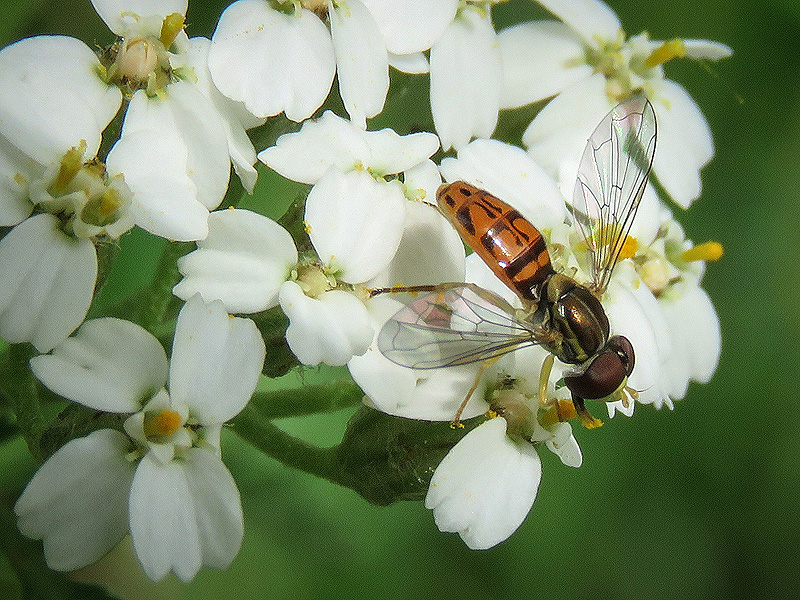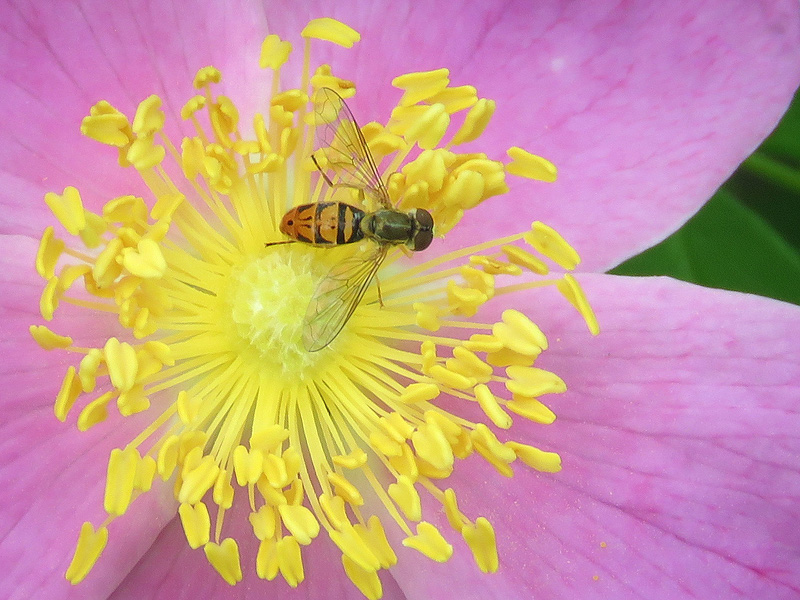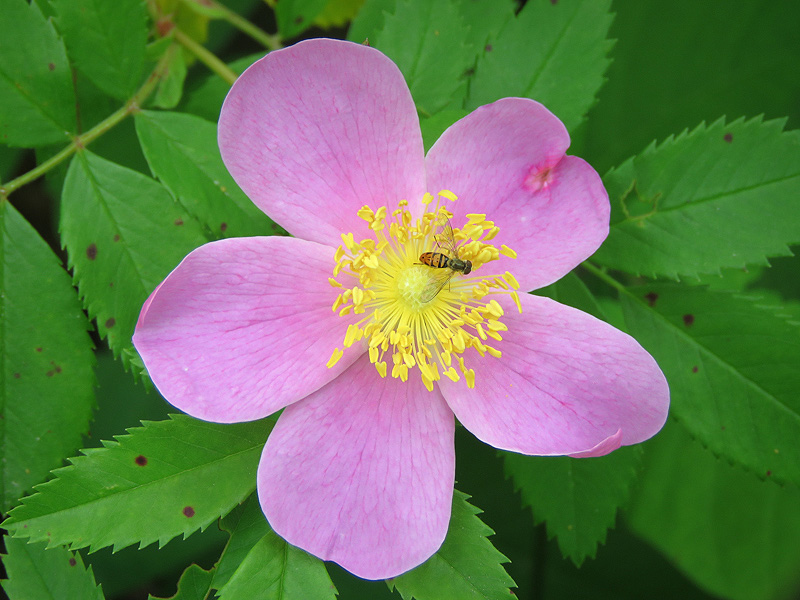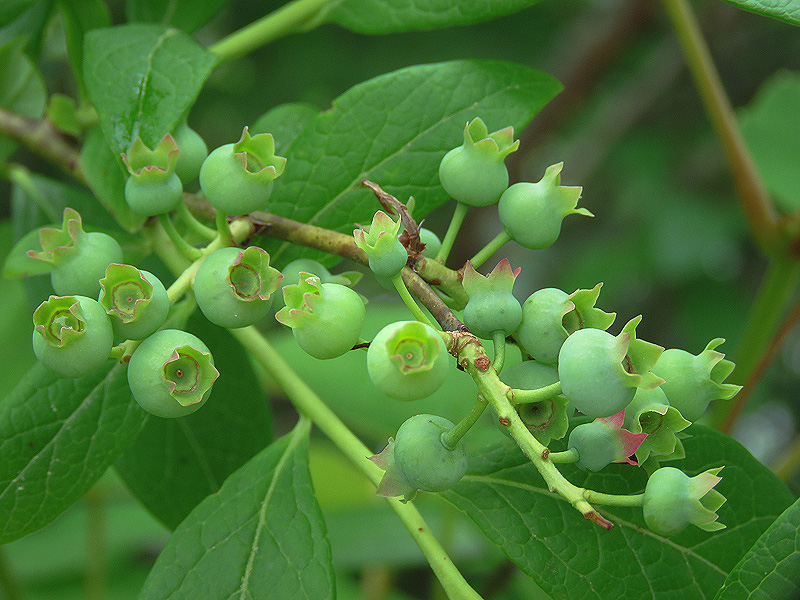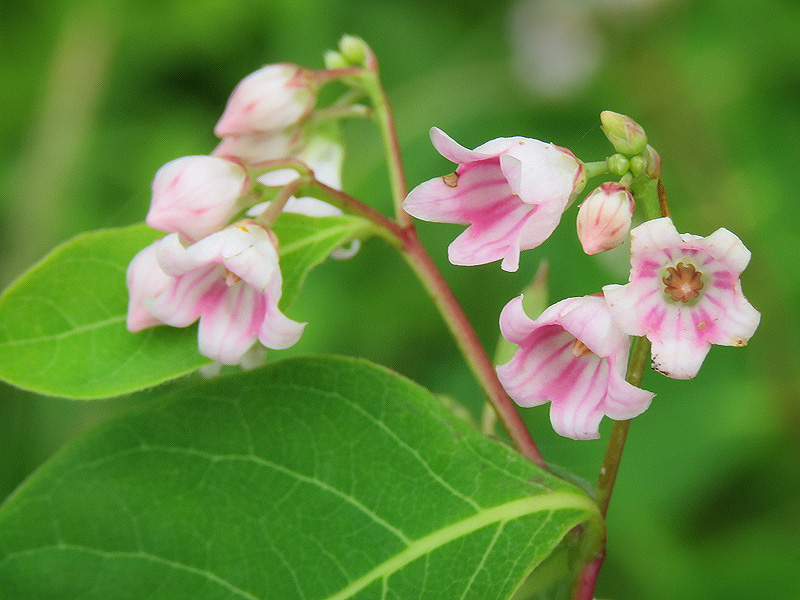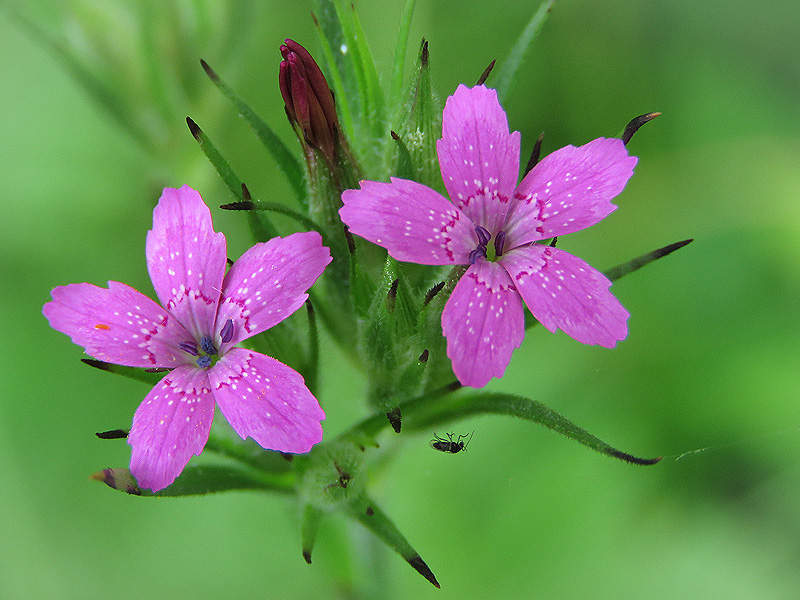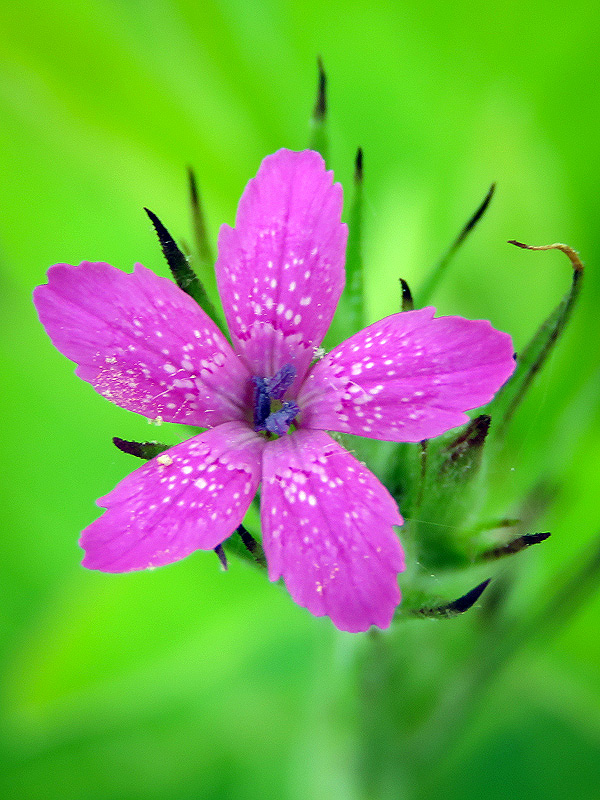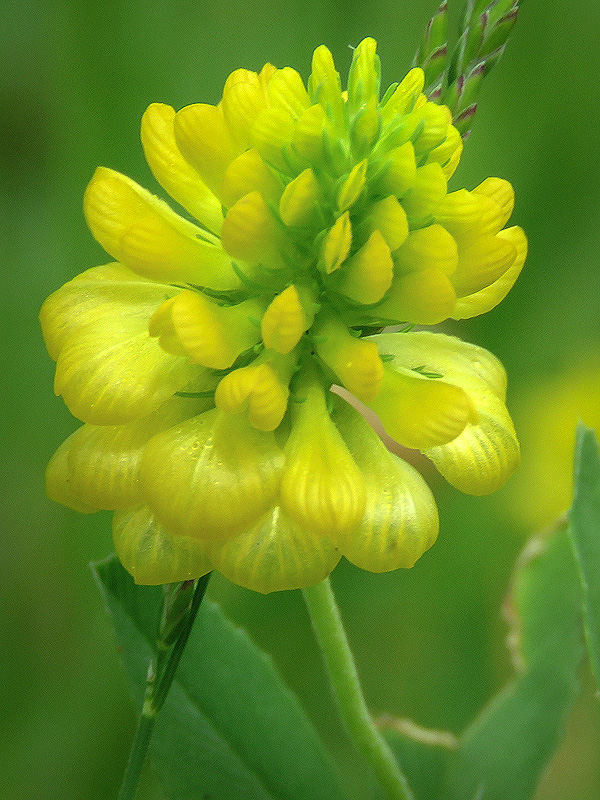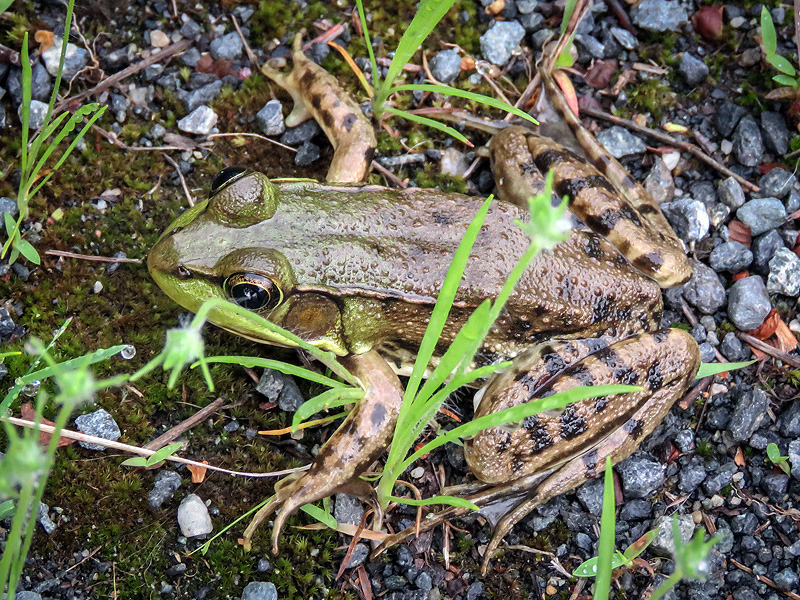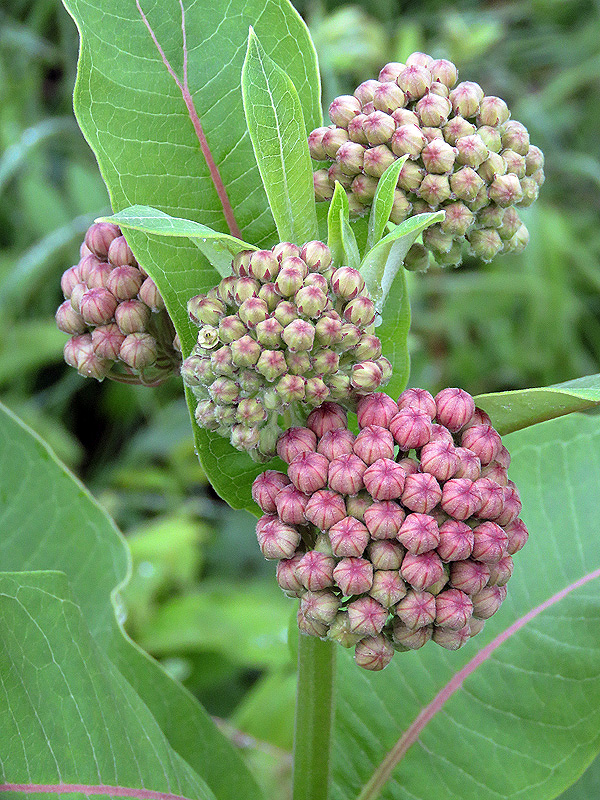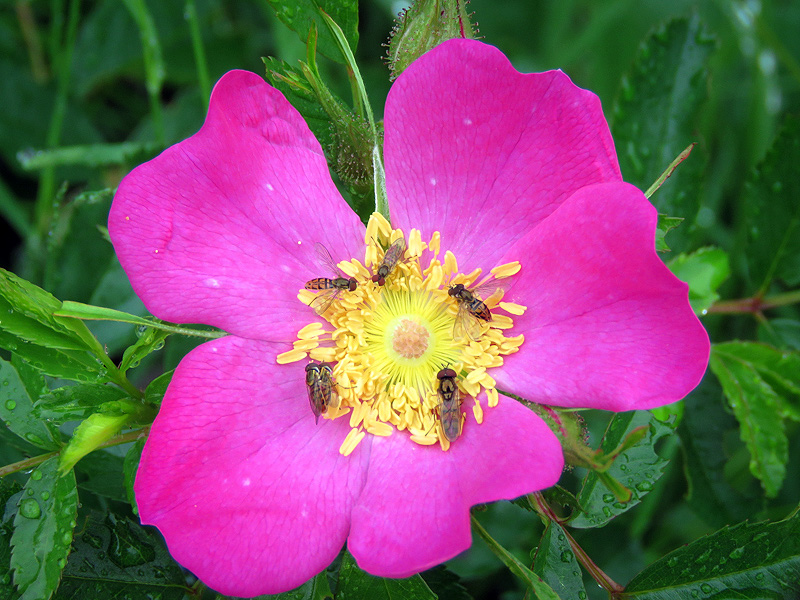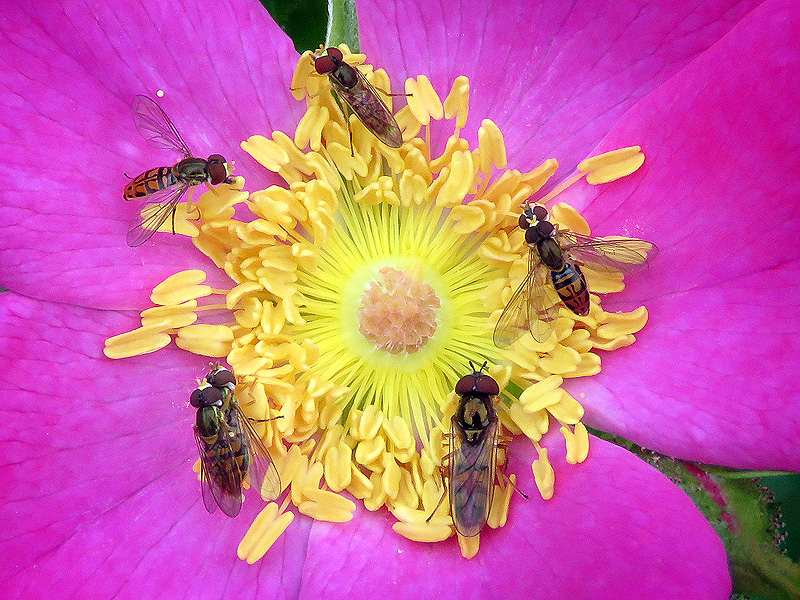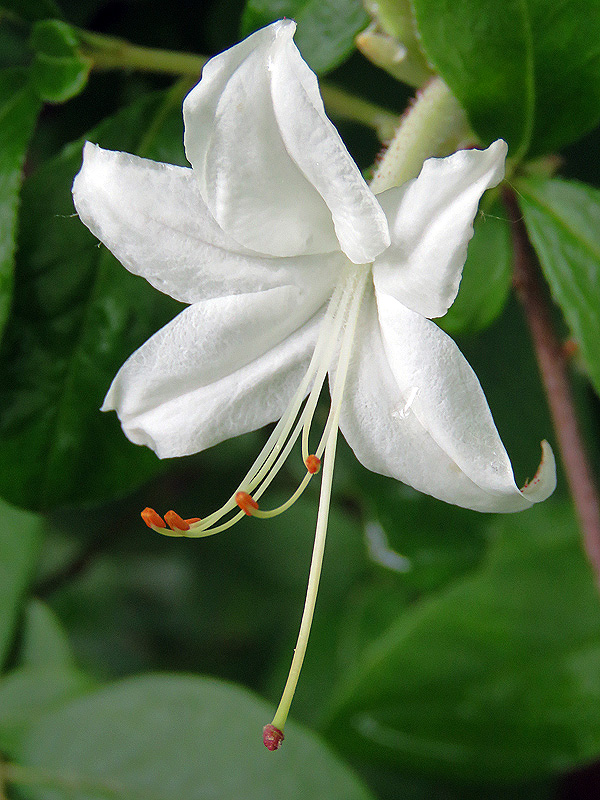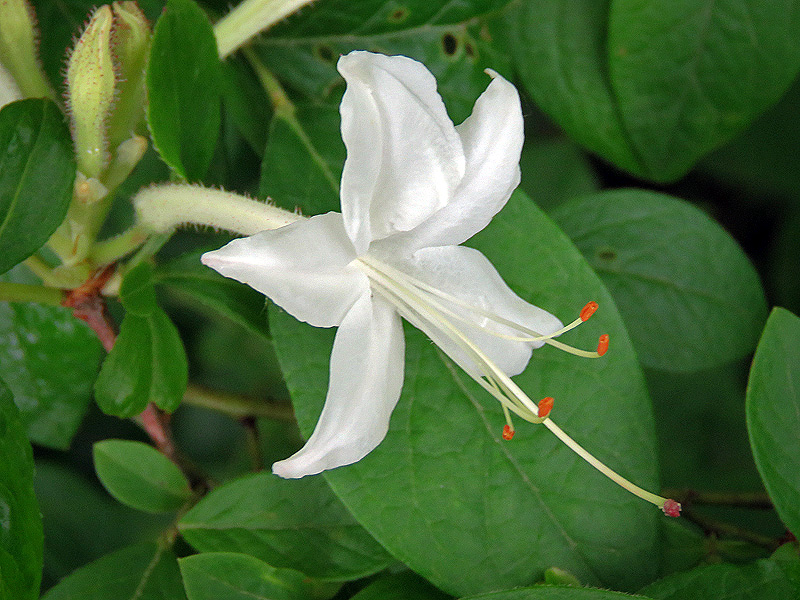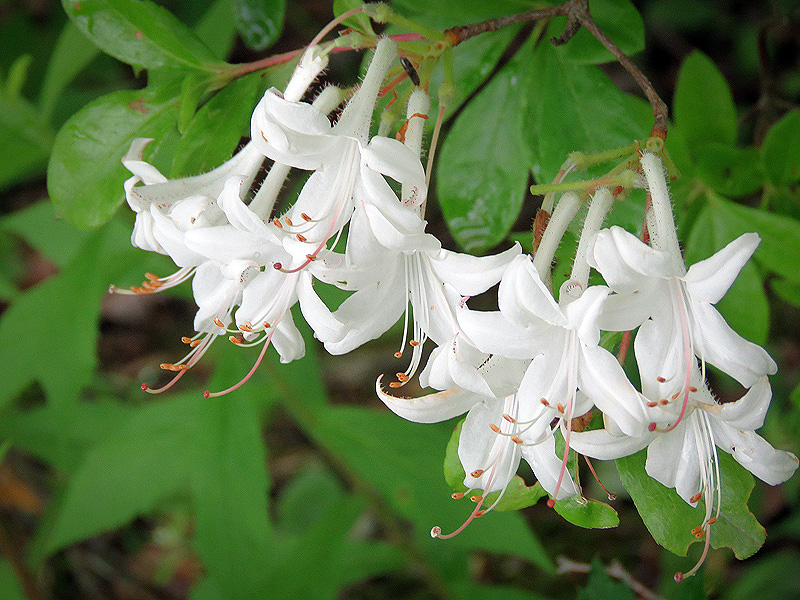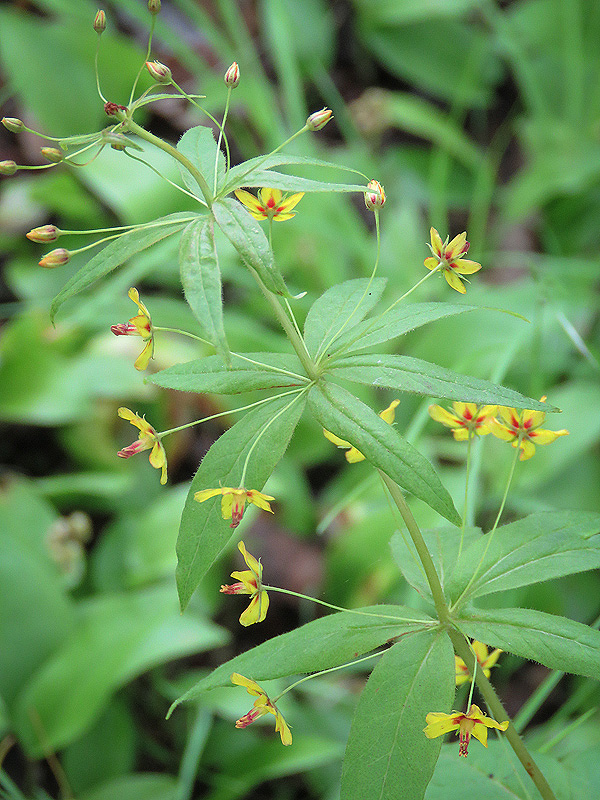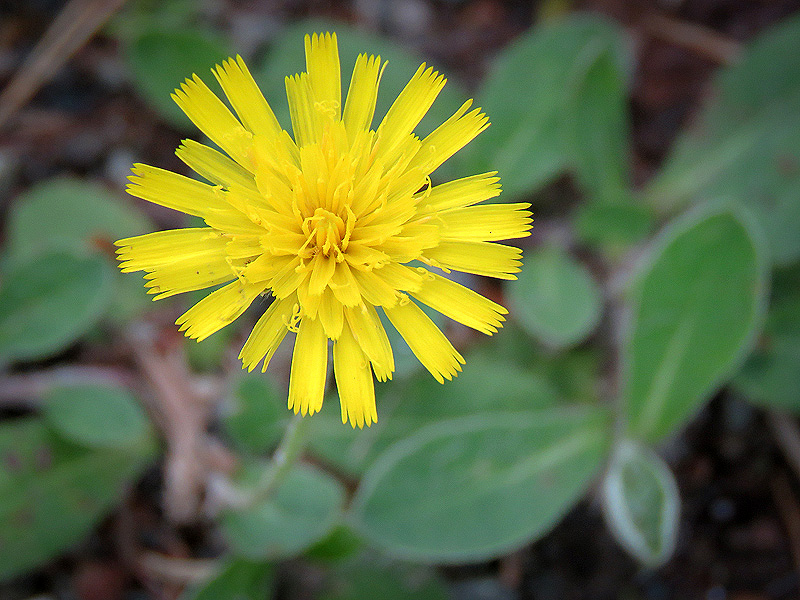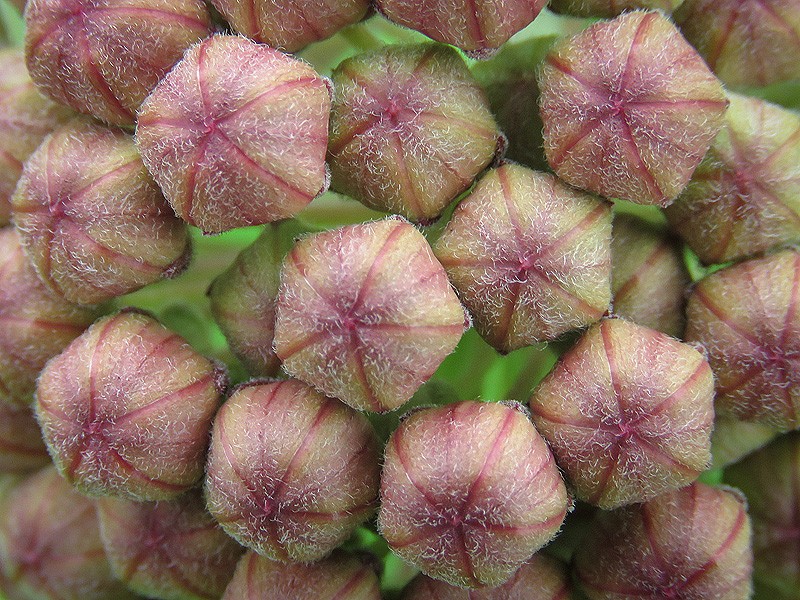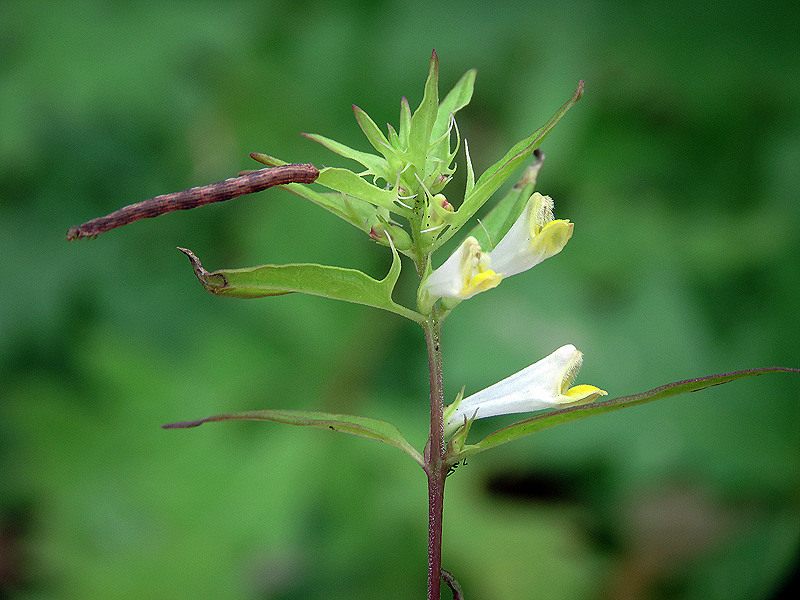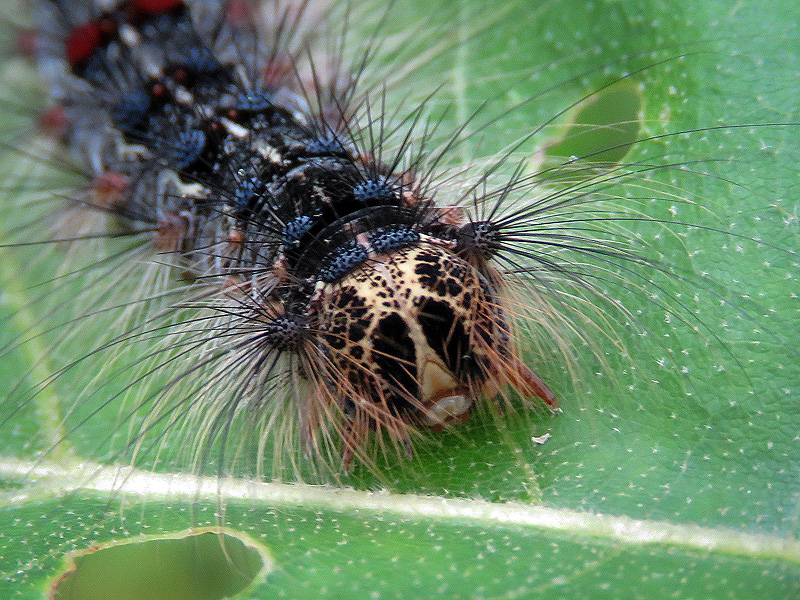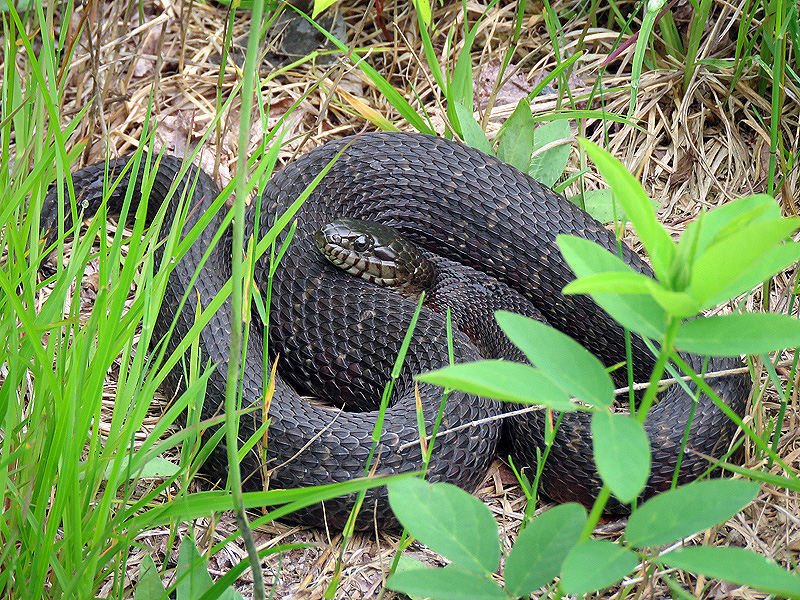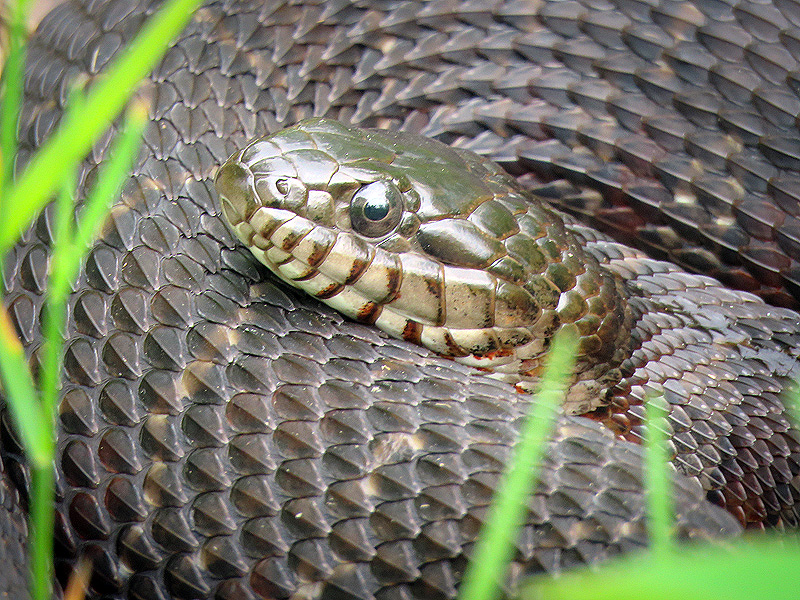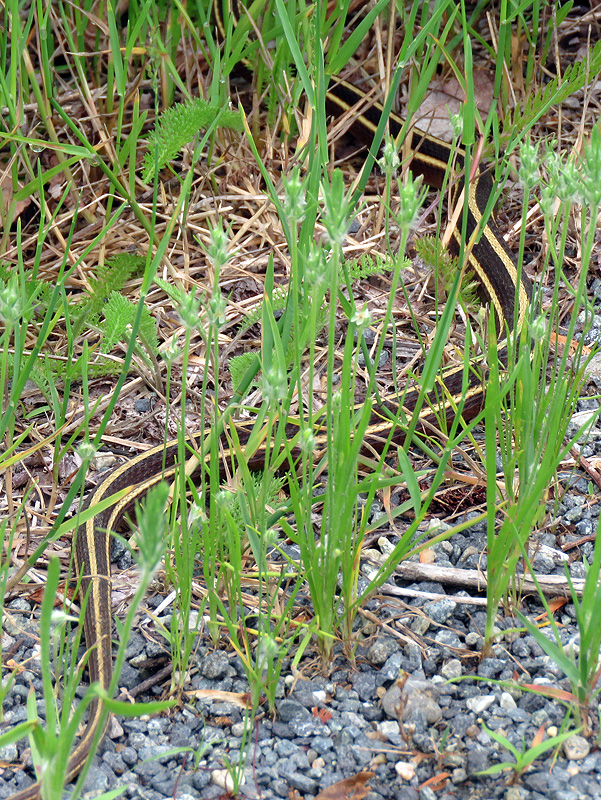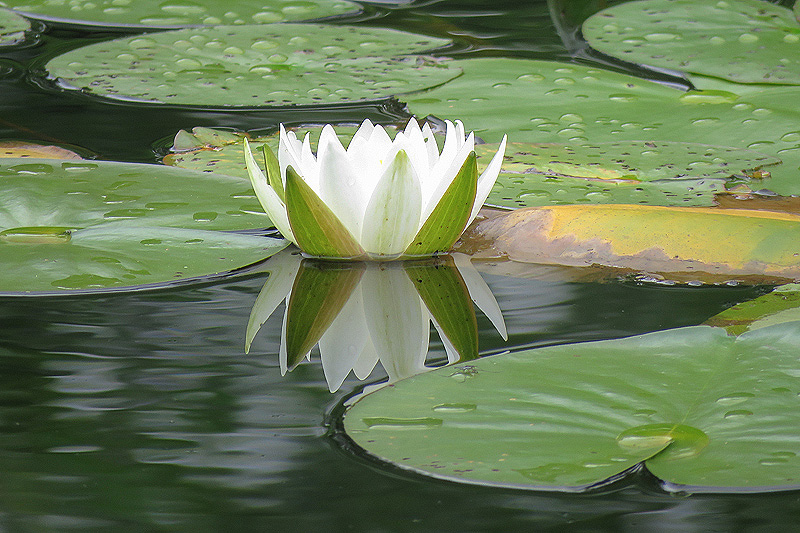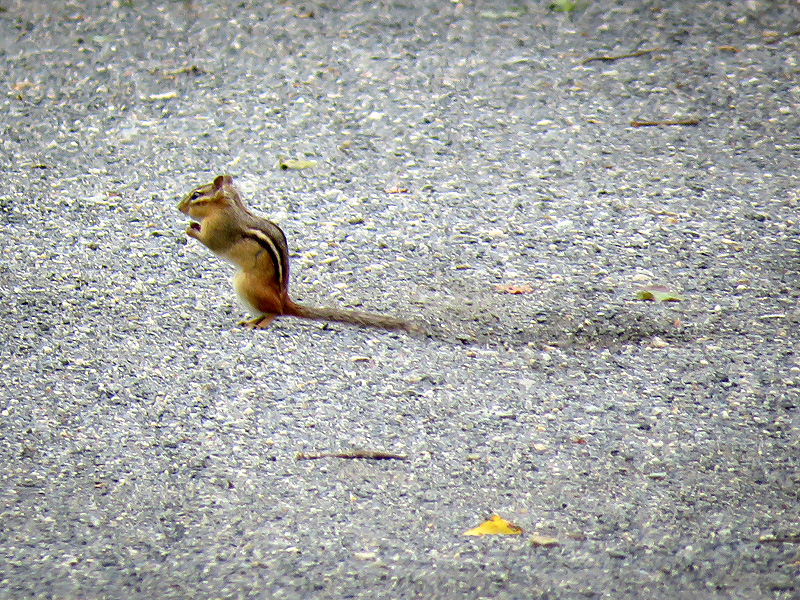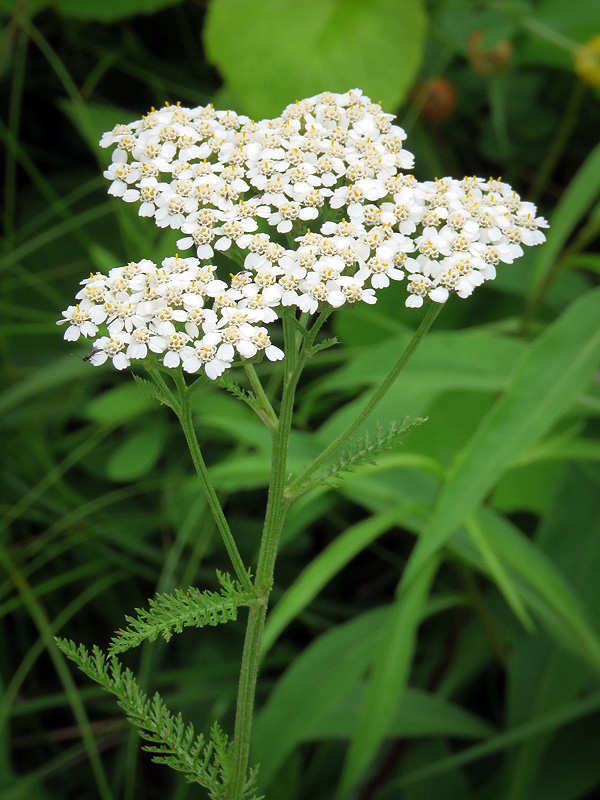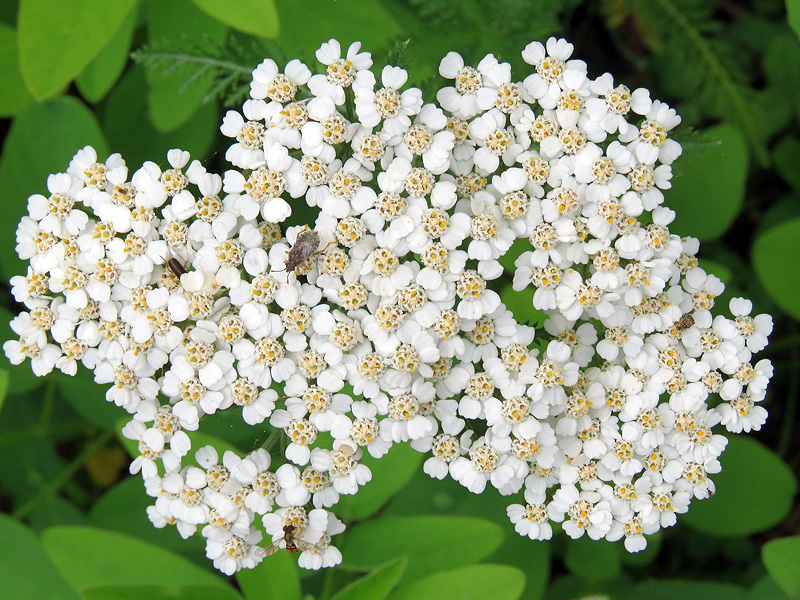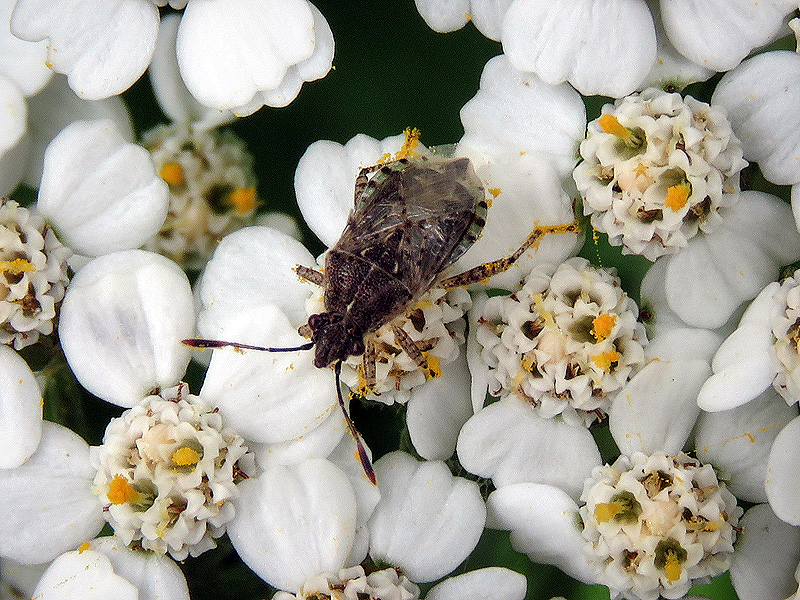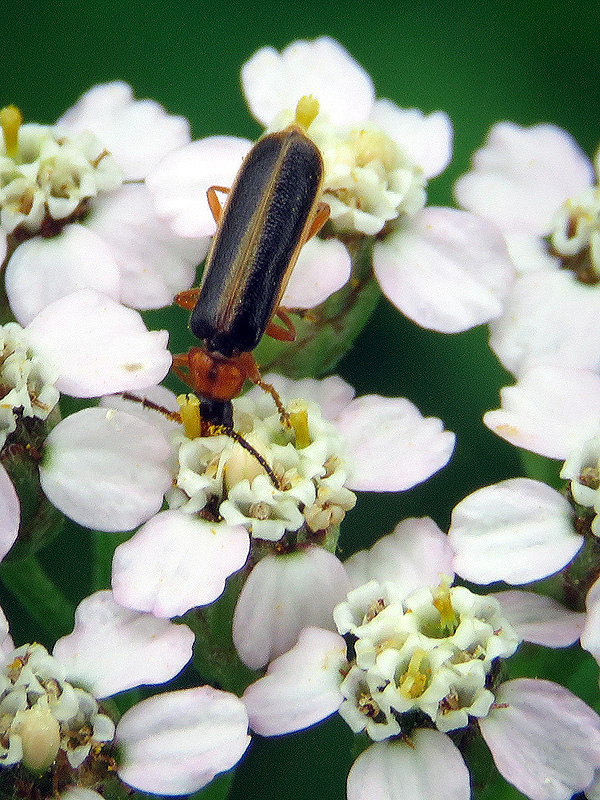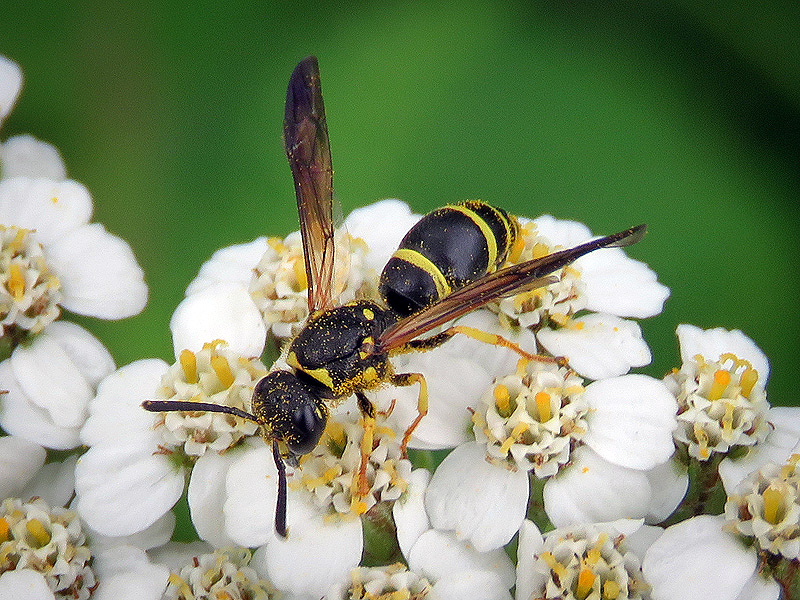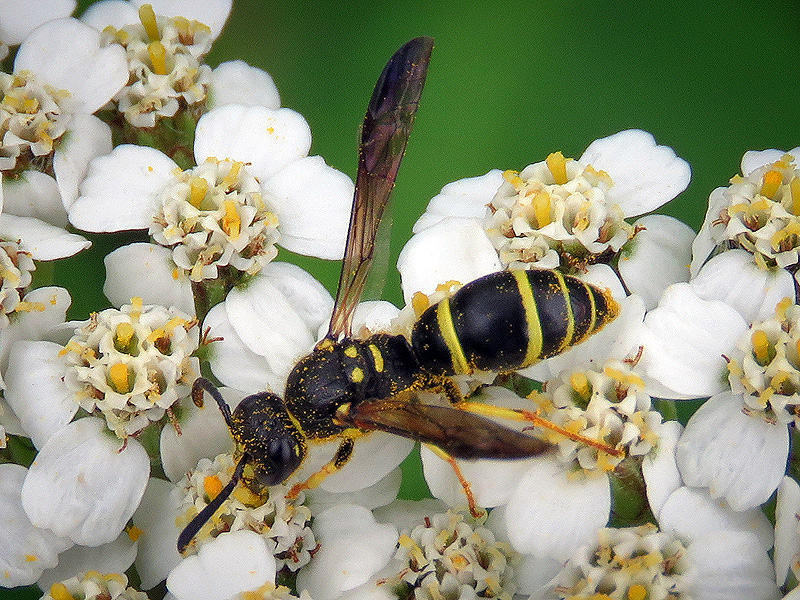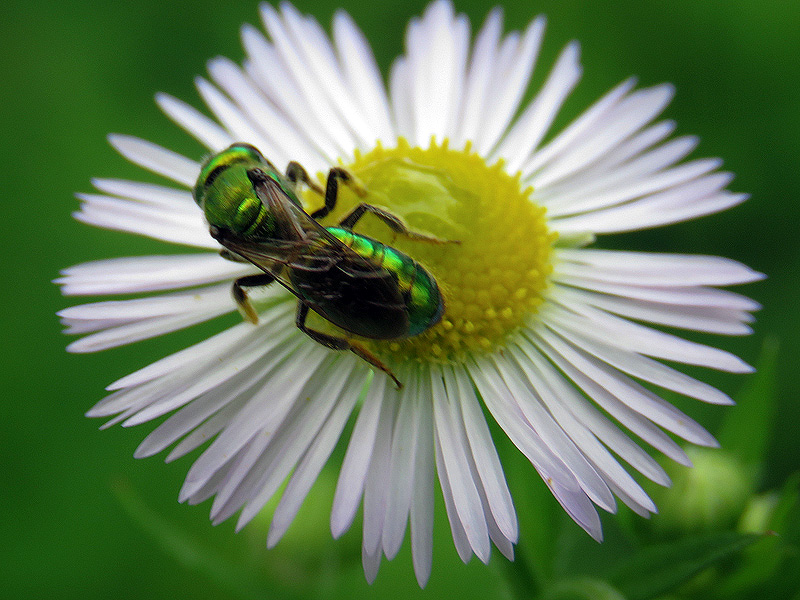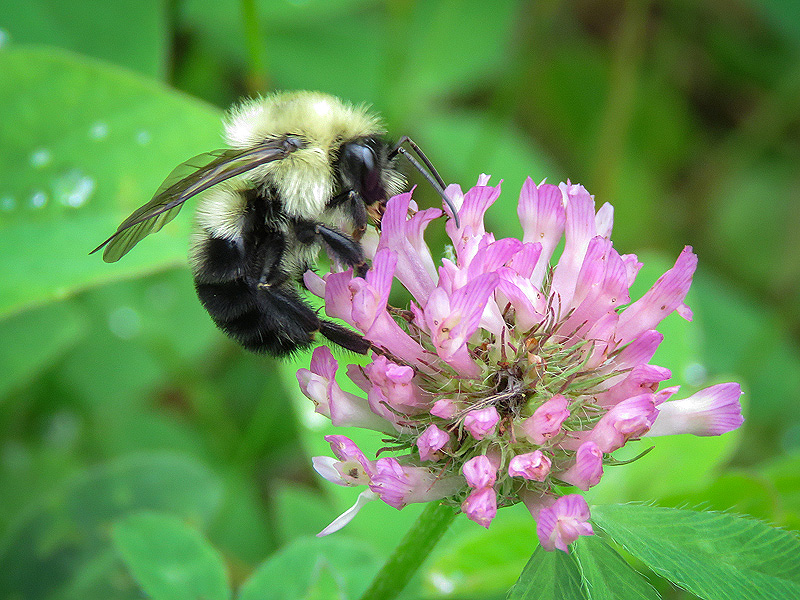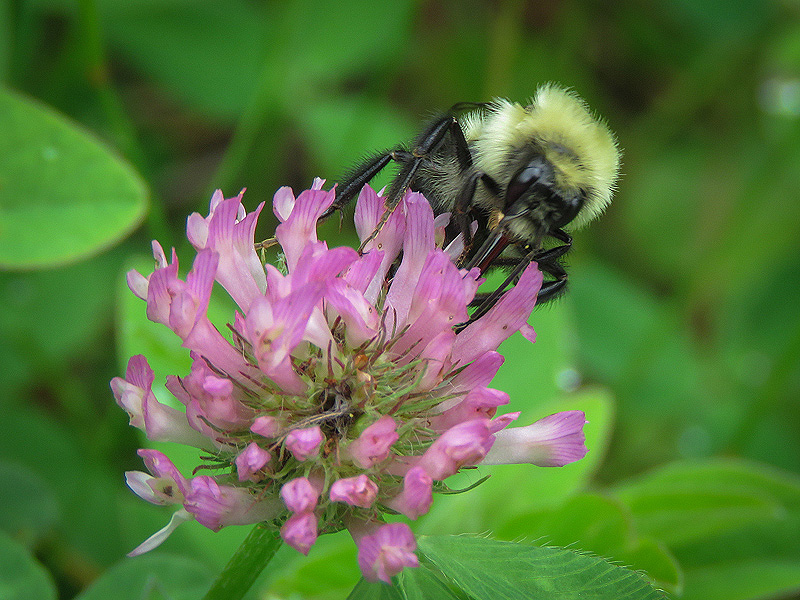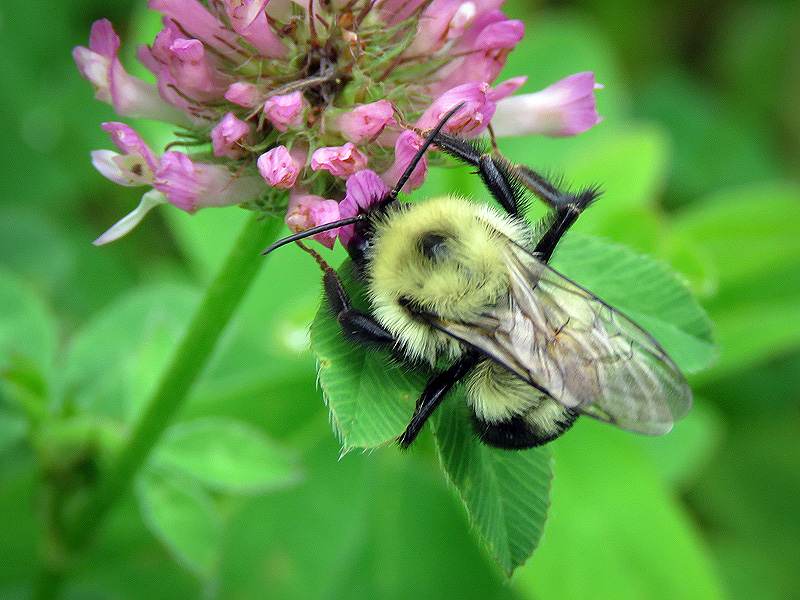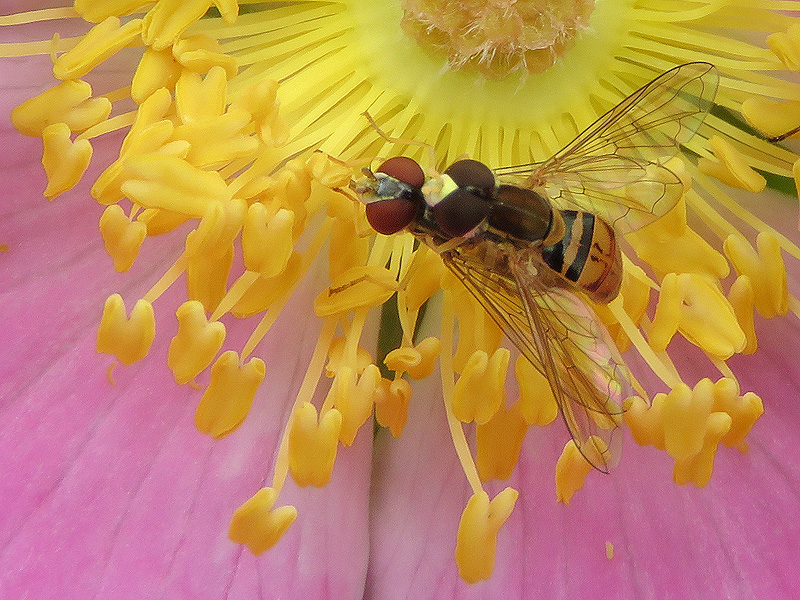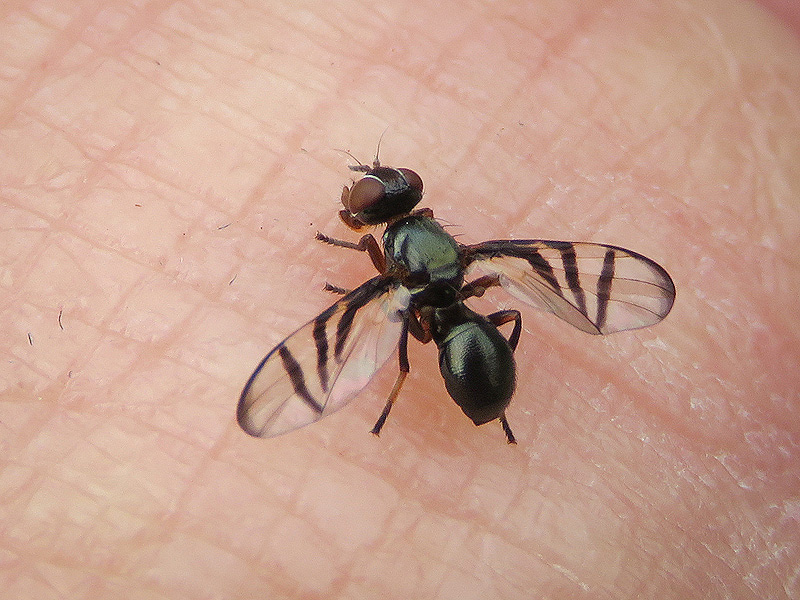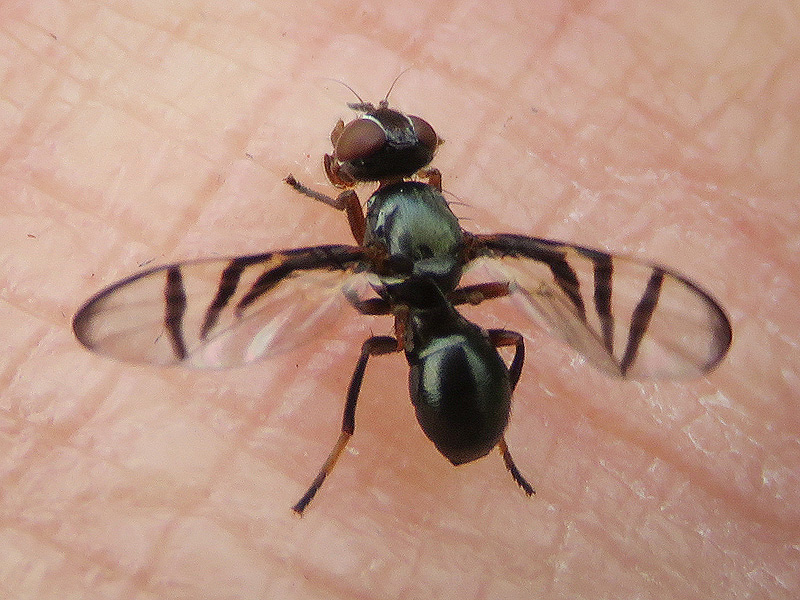Along the Air Line... 2019 - Spring, Part 17 The Air Line Trail in Eastern Connecticut - Stan Malcolm Photos |
HOME: Air Line... 2019 Pages Menu Stan's FlickR Albums |
June 4th. Red Clover (Trifolium pratense). |
|
|
Dame's Rocket (Hesperis matronalis). |
Very tentatively, a Sweat Bee (Family Halictidae, maybe Lasioglossum sp.). |
|
Birdfoot Trefoil (Lotus corniculatus). |
|
June 6th. Snapping Turtles (Chelydra serpentina) laying eggs. |
|
|
|
June 9th through the 14th. View from my 12th floor room at Hartford Hospital. Highlighted by flights of pigeons and a falcon. |
Time off from the trail for removal of gall stones and my gall bladder. |
Time off from the trail for removal of gall stones and my gall bladder. Took this photo as I was waiting for transport after discharge. |
Anyone visiting a doctor's office or emergency room will be familiar with this pain chart. With 5 days to stare at it, I thought of several alternate uses, like, say, stage of life? Try it. |
June 16th. A newly eclosed female Polyphemus Moth (Antheraea polyphemus), wings fully expanded but still soft. |
I found the cocoon along the trail on June 2nd. (Scroll down here: https://performance-vision.com/airline2019/airline-spring-19p.html) |
The emerging adult emits a fluid that softens the bonds between the silk strands of the cocoon, allowing the moth to squeeze out. |
Female antennae are not so feathery as those of males. |
Polyphemus was the one-eyed giant of mythology. |
The "eyes" on these moths act as a startle display to at least cause birds to think twice before attacking. |
|
|
June 17th. One of two Polyphemus Moth males attracted by the female's pheromone and hanging out by the cage. She will have her choice of mates when they get active tonight, with fertile eggs to follow. |
Late morning, my first slow, shortened walk at Raymond Brook Marsh since my surgery. Common Fleabane (Erigeron philadelphicus). |
Ox-eye Daisy (Chrysanthemum leucanthemum). |
|
Still significant numbers of Gypsy Moth (Lymantria dispar) caterpillars on this section of the trail, mostly on oaks. |
Head is at the left. |
No common name for this leaf-rolling weevil (Family Attelabidae, Synolabus bipustulatus) on oak. |
Pondside Pyralid Moth (Elophila icciusalis). The larvae feed on aquatic plants. More pictures and info here: http://mothphotographersgroup.msstate.edu/species.php?phylo=800724 |
White-marked Tussock Moth caterpillar (Orgyia leucostigma). |
Flower Fly (Toxomerus sp.) on Yarrow (Achillea millifolium). |
Another Toxiomerus sp, this time on Pasture or Carolina Rose (Rosa carolina). |
|
Lots of fruit on the Highbush Blueberries (Vaccinium corymbosum), but chipmunks and others will eat many of them before they are ripe. |
Spreading Dogbane (Apocynum androsaemifolium). Like its milkweed cousins, when leaves or stems are broken, they emit a sticky, milky juice containing cardiac glycosides that act similarly to digitoxin. |
Deptford Pink (Dianthus armeria). Looks like a black fly caught in a web beneath it. |
|
Hop Clover (Trifolium agrarium). |
June 19th. Green Frog (Rana clamitans). |
Common Milkweed (Asclepias syriaca) nearly ready to bloom. |
Two Flower Fly species (Family Syrphidae) on Pasture or Carolina Rose (Rosa carolina). |
Six of the flies are Toxomerus sp. Not sure of the genus for the larger fly towards the bottom right. |
Back out for another walk late morning before forecast rain moves in. Swamp Azalea (Rhododendron viscosum). |
|
|
Whorled Loosestrife (Lysimachia quadrifolia). |
Mouse-ear Hawkweed (Hieracium pirlcella). |
Common Milkweed (Asclepias syriaca) buds. |
Cow-wheat (Melampyrum lineare) with an Inchworm caterpillar (Family Geometridae). |
Head capsule of a Gypsy Moth caterpillar (Lymantria dispar). |
Northern Water Snake (Nerodia sipedon). There were a numberr of them out, but sheltered under vegetation and they fled at any attempt to approach. |
Note the keeled scales. |
I saw an Eastern Ribbonsnake (Thamnophis sauritus), as well as several Common Gartersnakes (Thamnophis sirtalis) which fled before I could photograph them. |
Fragant Water-lily (Nymphaea odorata). |
Eastern Chipmunk (Tamias striatus) just to the left of its burrow in the trail surface. |
Yarrow (Achillea milliforium). |
Abundant pollen attracts insects of at least four Orders. |
Here's a True Bug (Order Hemiptera). It's a Scentless Plant Bug (Family Rhopalidae, perhaps Arhyssus nigiristernum). |
Looks like a Soldier Beetle (Family Cantharidae, perhaps Rhagonycha sp.). |
A Mason or Potter Wasp (Family Vespidae, Subfamily Eumeninae, Ancistrocerus sp.). |
|
Green Metallic Bee (Family Halictidae, Augochloropsis metallica). |
Bumble Bee (Bombus sp.). |
|
|
A pair of Toxomerus sp. Flower Flies. Female with reddish eyes that don't meet at the top of the head (typical of many flies). |
A Signal Fly (Family Platystomatidae, Rivellia sp.). |
The markings on the wings are thought to mimic the legs of Jumping Spiders. |
